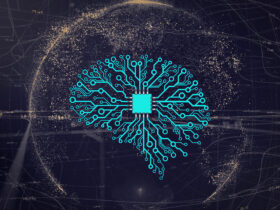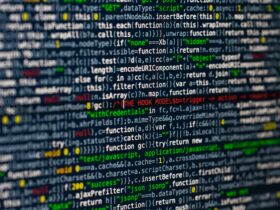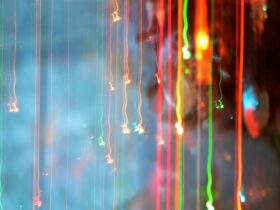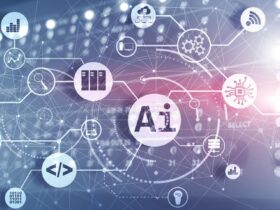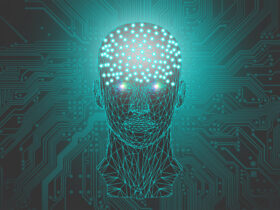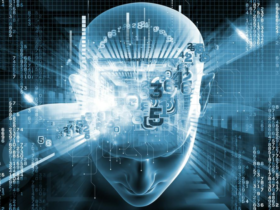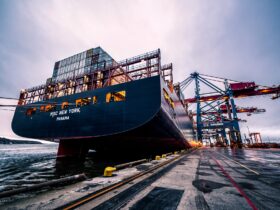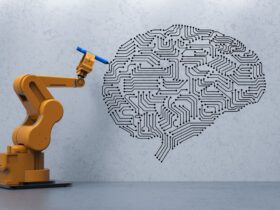“Quality” is a term referred to as “a product with higher standards than a baseline threshold.” This baseline threshold is incorporated to gauge whether a product falls under the criteria of “quality product” or a “non-quality product.” The threshold is highly subjective, which varies from industry-to-industry and process-to-process. In today’s era of the 4th Industrial revolution, “customers” are critical stakeholders for any company. Having said the customers’ importance, the companies cannot afford to deliver a defective product. Usually, these defects can be of two types i.e., cosmetic damage or a complete disastrous malfunction- both of which costs big time to a manufacturer. The small defects are prone to be missed out under human supervision. Deploying powerful technologies like Artificial intelligence and its subset, namely Machine learning, enhances the process of defect detection. As per a report published in August 2017, Infosys revealed that machine learning is considered by 75% of manufacturing companies as a key factor in transformation. In this article, we’ll first see the process of deploying AI for defect detection and the role of machine learning in the same. Later we’ll discuss the benefits of deploying such technologies. In the end, we’ll see a real time application of deploying quality inspection using artificial intelligence.
HOW IT WORKS

Generally, a large number of cameras gets installed in the proximity of assembling lines to detect defects. Lately, there has been a shift from simple cameras to AI-based image processing applications. These applications collect images and store them in a cloud database. The photos get continuously analyzed by hundreds of machine learning algorithms running at its backend to pinpoint kinks. Before a product is ready to undergo its production, a detailed analysis of risk assessment is carried over the entire process, which usually aims to remove all pinpointed kinks before the product goes under production. Further, once the work goes under its production phase, the AI-powered defect detection-based applications continuously monitor the entire process. This process helps identify any additional defected products and, in turn, helps to sort the product to its correct location intelligently.
ROLE OF MACHINE LEARNING
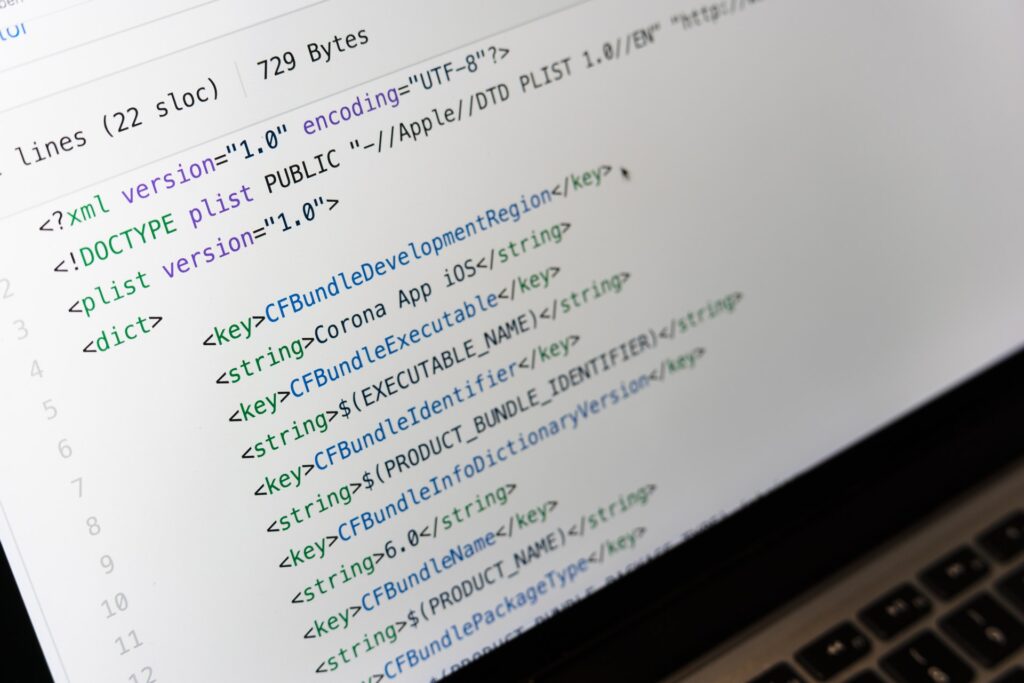
The machine learning algorithms get trained with the baseline information. This baseline information captures the nitty-gritty of an ideal defect-free product. The project engineer devises the critical areas for algorithms to focus while scanning for kinks. This process makes the entire process incredibly directed and is of humungous advantage. One of which is the ability to use the same model to identify multiple defects. The machine learning models are nothing but a real copy of how a human gets better over a skill. Hence, with every defect it encounters and retrains itself with the updated acceptable norms, it gets even better.
BENEFITS OF DEPLOYING AI
One machine learning model can detect multiple defects. In contrast to this, in deploying vision-based systems, the defects have to be inspected way before deploying a programed model. This process is crucial because each defect identification will require a programed model of its own. This entire process is prone to have low efficiency compared to deploying machine learning-based models. Hence, a few of the benefits of deploying AI-based applications are:
- Kinks identification in real-time
- Money-saving process – requires a onetime deployment
- Prevents defected products from reaching to customers
DOMINO’S PIZZA CHECKER – REAL-TIME APPLICATION

The brand “Dominos” strives to perform the closest to its customer’s requirement. It has deployed the quality control check at the end of its assembly line to meet the presentation standards’ compliance. Dominos has deployed video control systems driven by artificial intelligence to detect the product’s look and feel, i.e., the pizza before it gets delivered. Regarding its “look and feel,” certain mandatory checks like checks on – size, shape, ingredient distribution, etc. are done. E.g., if the red, green, and yellow peppers are spread unevenly across the pizza, then the product will end up on the rejection pile. The objective here is to meet the demands of even the most demanding customers.
Conclusion
This article looks at the quality inspection w.r.t technologies like artificial intelligence and machine learning. In the cut-throat competition in today’s market, we have analyzed the importance of a product to be defect free. We saw the role of machine learning in the entire process of quality inspection and defect detection. We compared the benefits of deploying AI-based models with the traditional approaches prevailing in the market. And lastly, we saw how our favorite brand – Dominos – is taking the utmost care to deliver our pizzas.
*****
About the author: I am currently working as a data scientist with around 2-3 years of experience in analytics. Alongside my job, I own a blog and also write for business websites. I like to read books, listen to some good music, explore places to travel, and, most importantly, “dream” in my free time. One can connect with me: here


